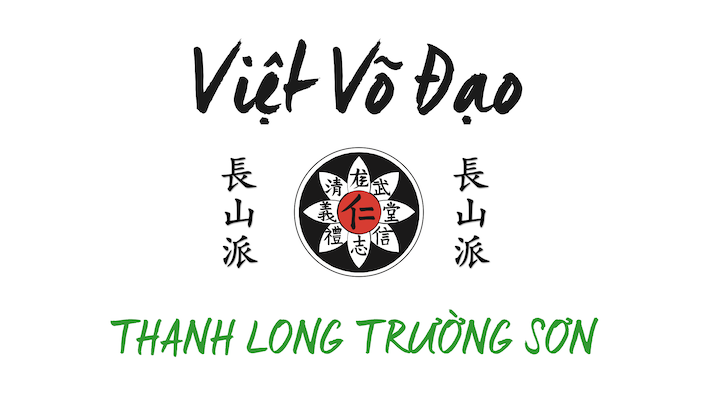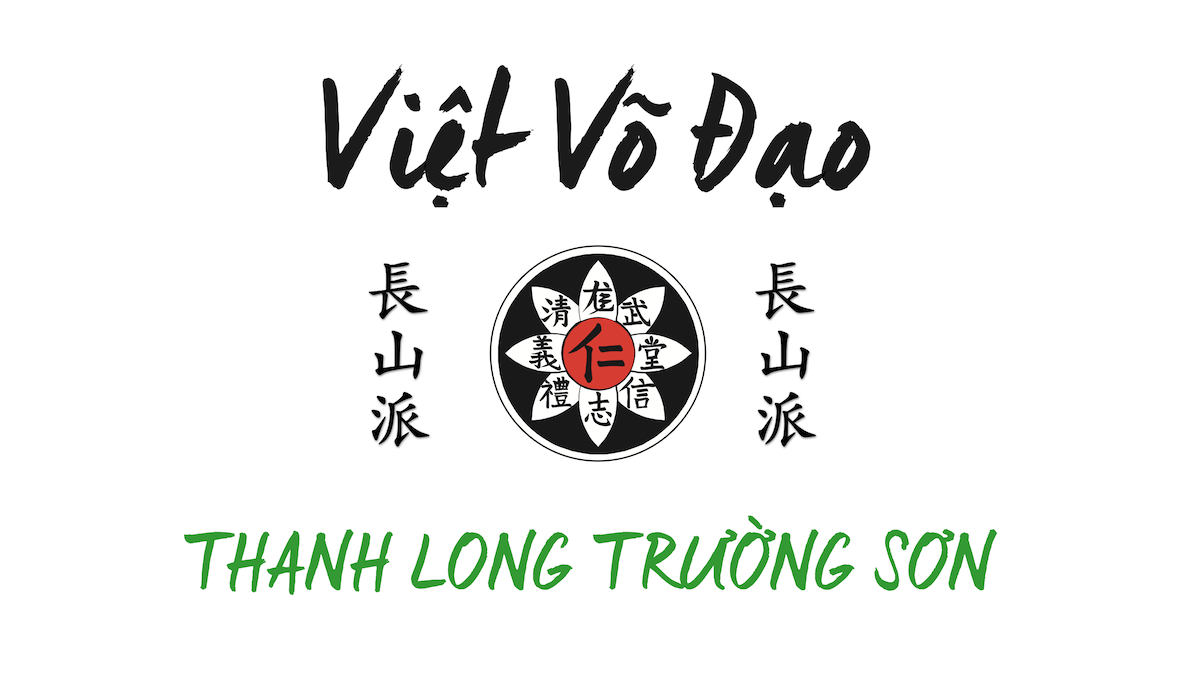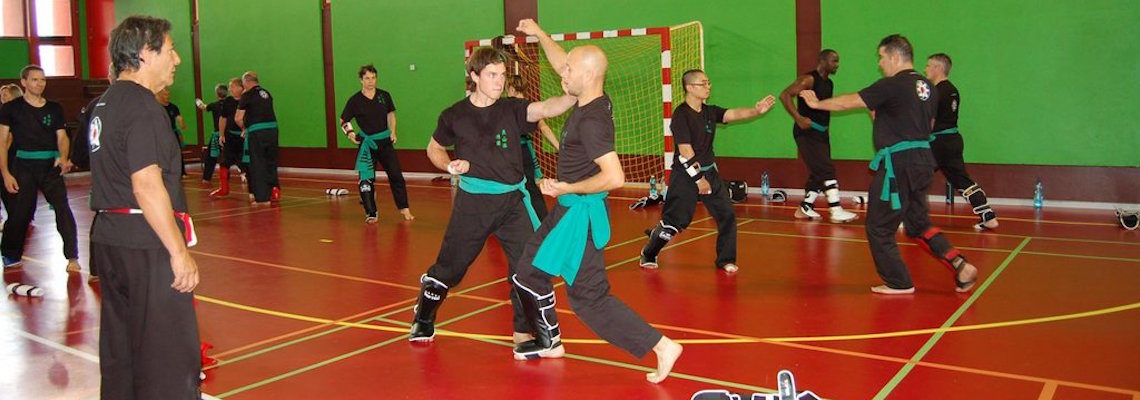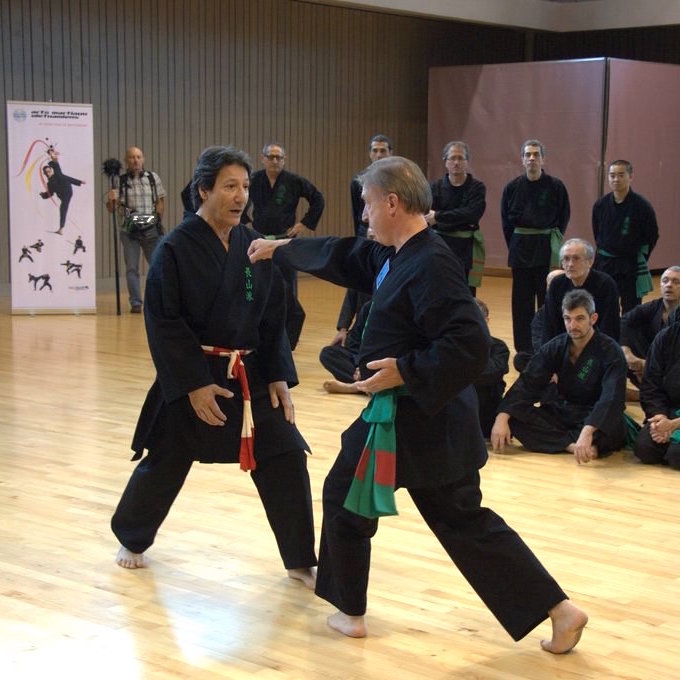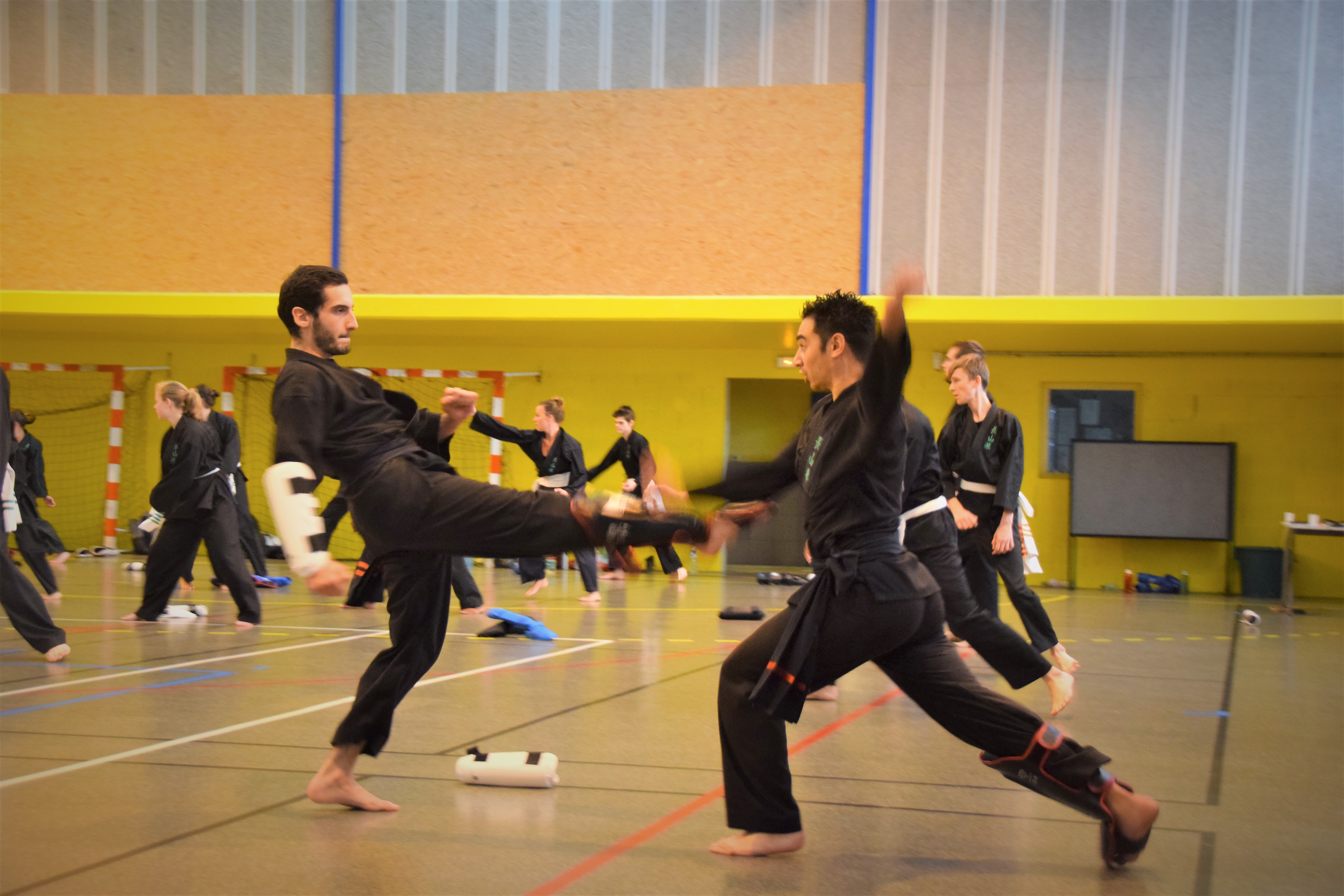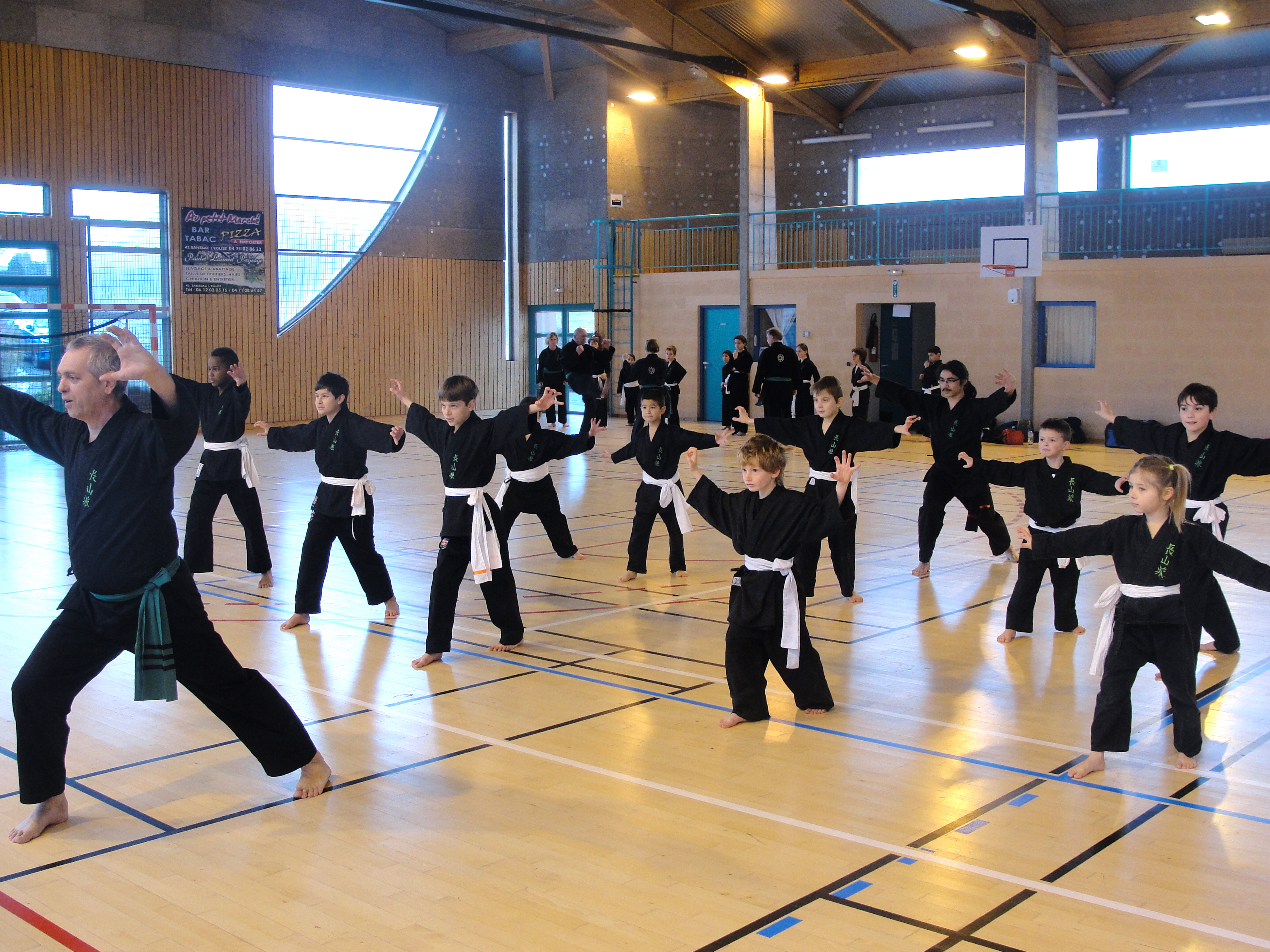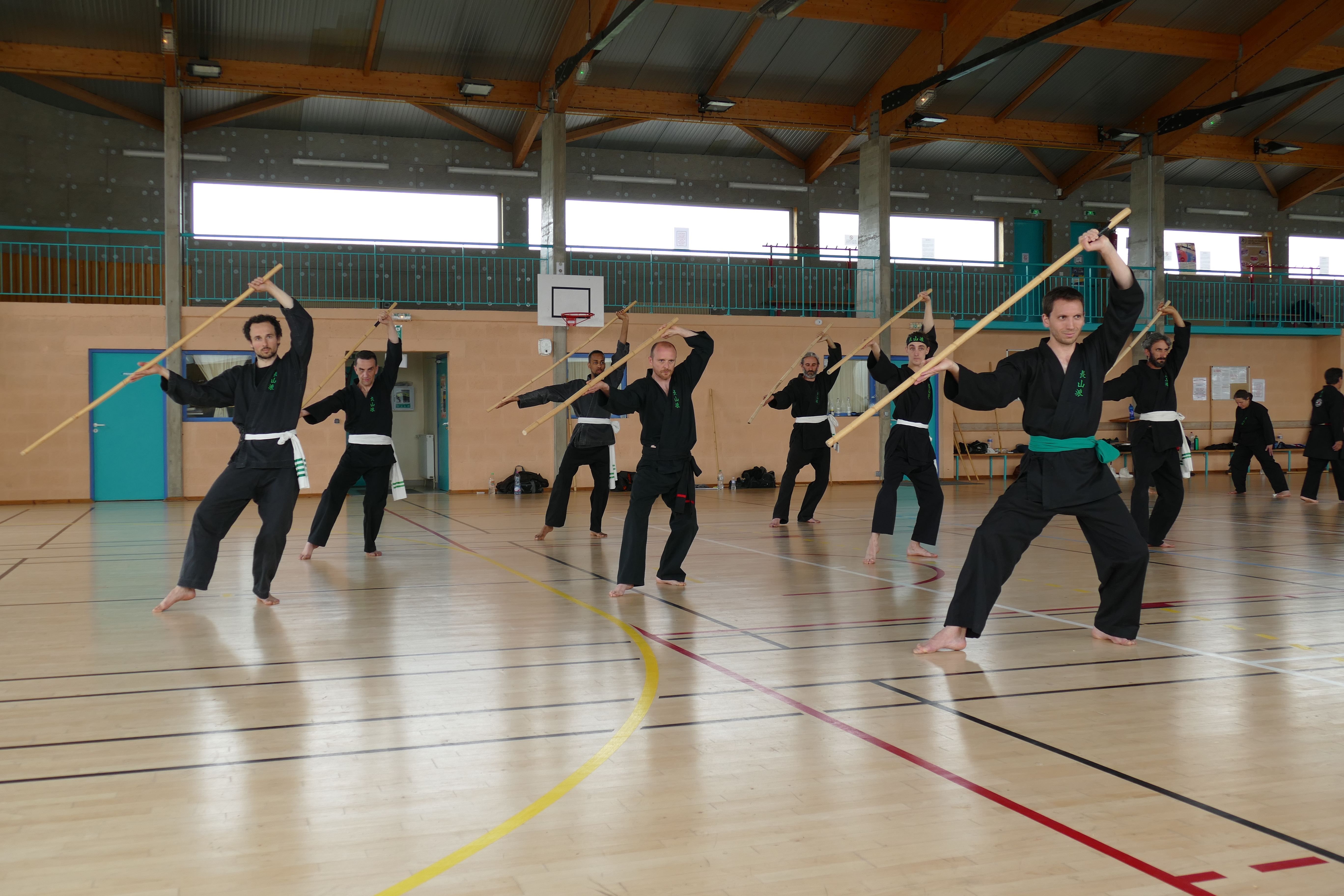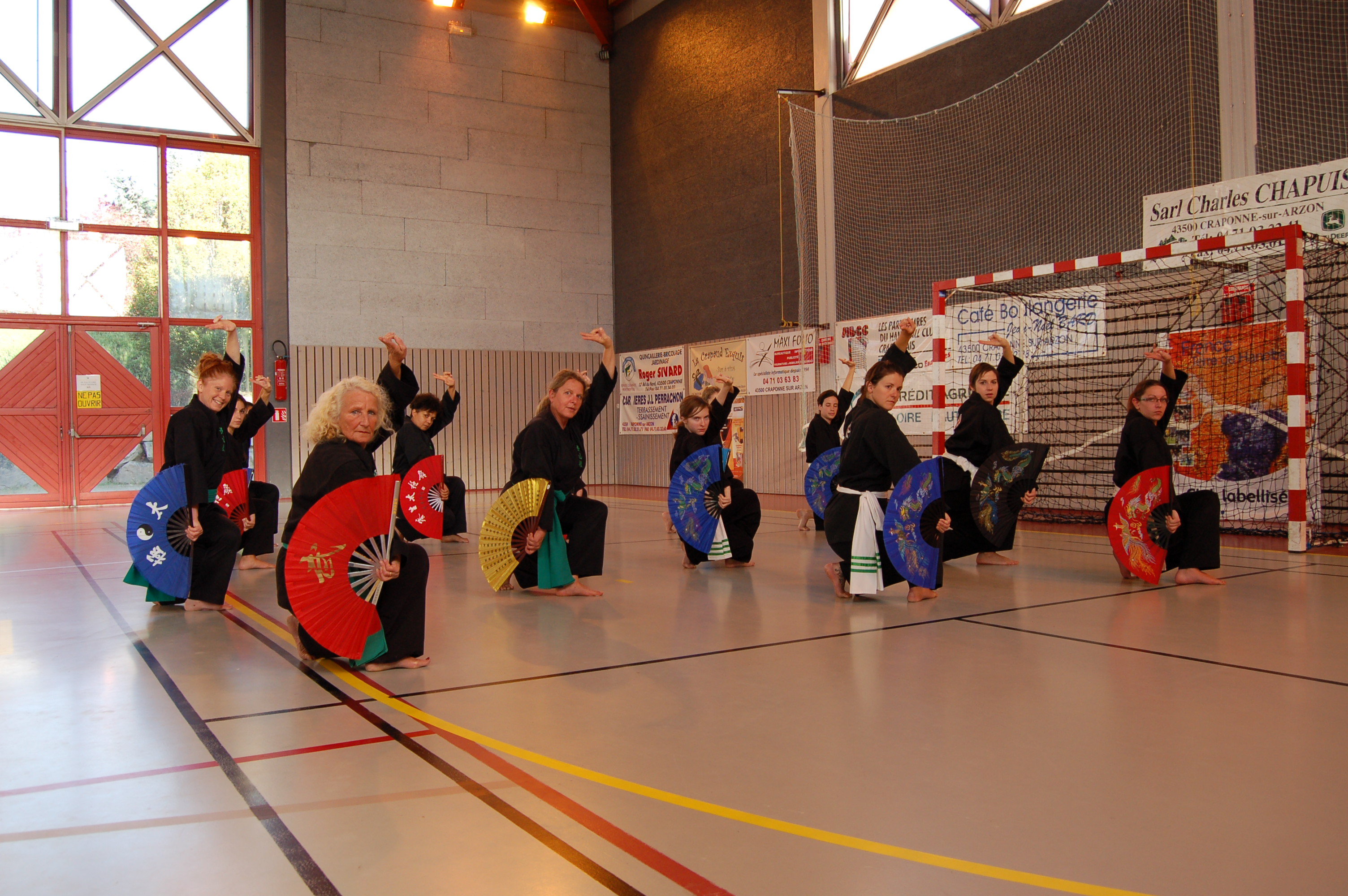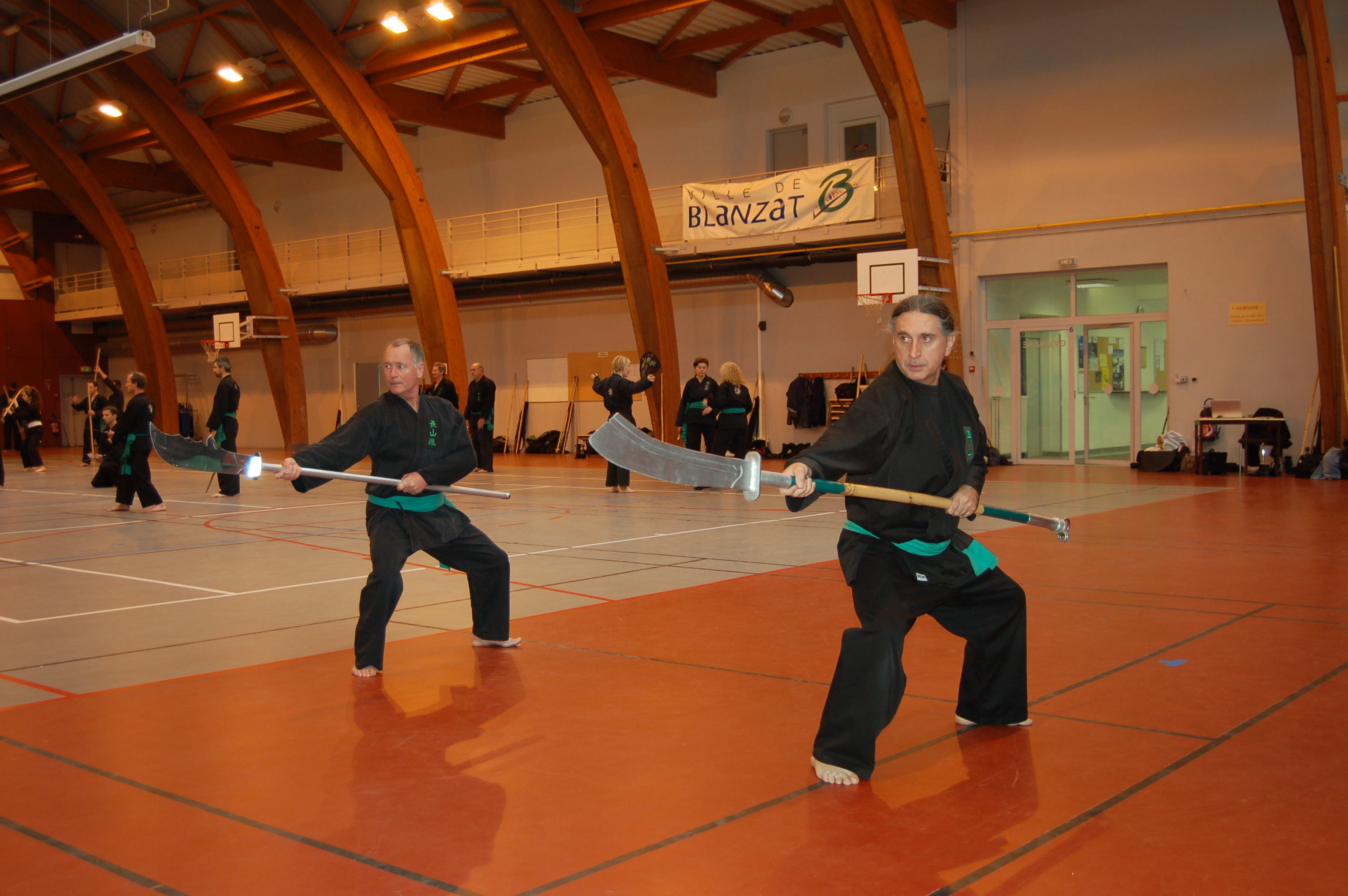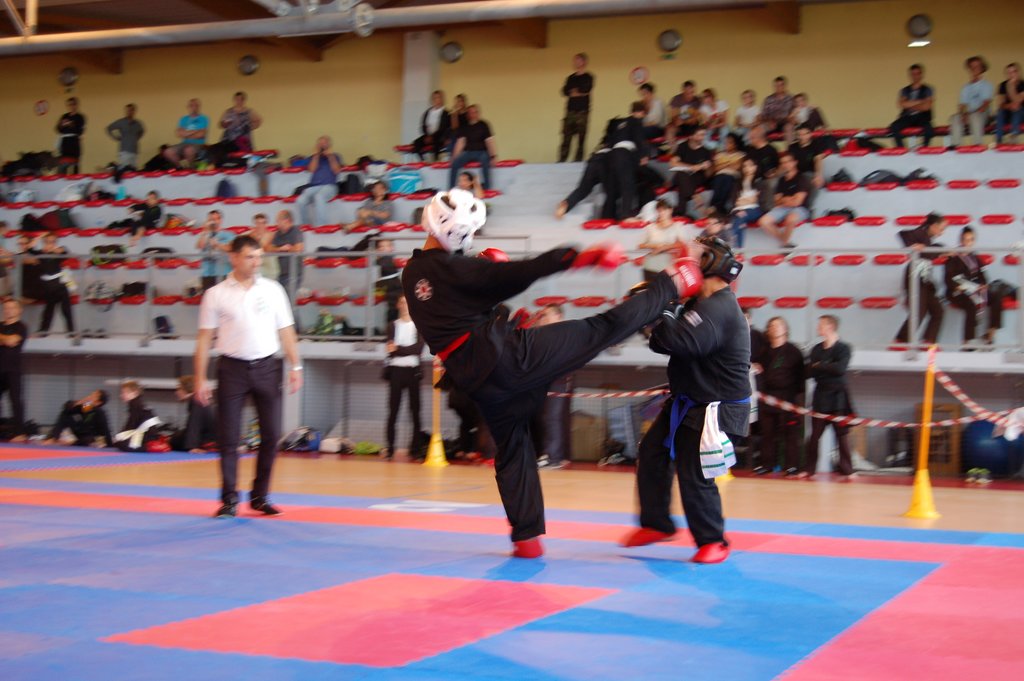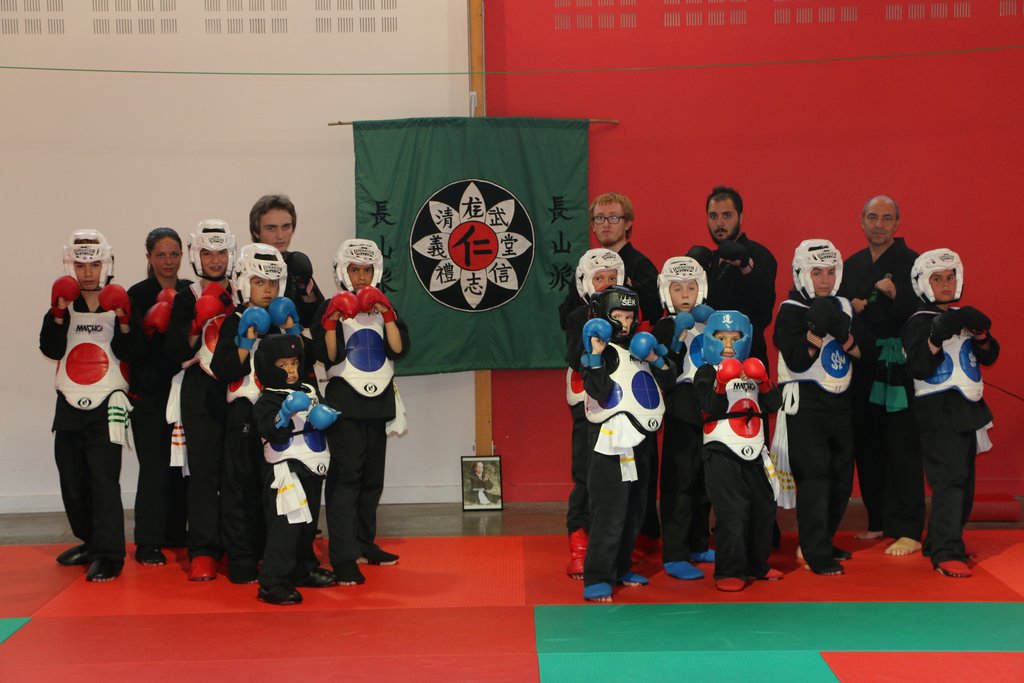Vo
martial art or boxing
One of the foremost reasons for many people to join a martial art club is to practice the art of fighting or defending. The external style of Thanh Long Truong Son School offers a rich diversity of training techniques and methods.
Besides these rather physical aspects, regular attendance and training collectively are also required to pursue the practice. It helps forges the mind and the body of students. Whereas it is possible to train alone, the collective energy and advancement speed attained when training at a club or school are paramount.
Fraternity with fellow students, reverence for those who teach us and later teaching future students – are the core values we respect deeply and foster within Thanh Long Truong Son School.
Barehanded Defense techniques
Working with bare hands allows you to develop flexibility, balance, strength, agility and body hardening.
Firstly, we work on the techniques according to the principles taught by the Master and teachers during classes, then later apply them with a partner (in pairs training). We also work on striking techniques to ensure the effectiveness of defending – besides, some of our techniques are both defending and attacking.
Attacks and defenses are carried out with real strength, but counter-attacks are controlled in order to not injure the practicing partner.
Secondly, we practice these barehanded techniques in the form of sequences: series, lessons, Pa kua and Quyen – which are the collections of techniques learned and practiced in the school.
Traditional Weapons
A wide variety of traditional weapons are practiced: long wooden stick, sword, saber, halberd, spear, chain sticks (“Long-Gian” – the Vietnamese version of nunchaku), fan, rope, knives, etc…
The long stick is the basic weapon with which every practitioner must begin learning before choosing another weapon more preferred and adapted to them.
Learning how to master weapons is a long process and requires several years of practice. Each practitioner can master one or several weapons. Weapon practice is complementary to barehanded techniques practice because it enhances the understanding of balance, distance and the essence of a particular technique.
The use and practice of weapons are only authorized during the assigned training sessions and under the teachings of the Master and teachers.
Fighting and Competition
Regulated fighting can be practiced at high level within the club or in competition. Although the latter is not the goal of our practice, the school has always trained great national champions.
There are several competition categories: fighting, barehanded techniques, Quyens, and weapons.
The aim of competitions is to promote our martial art to the general public, while protecting the participants from injuries through the use of regulations and protective equipment. Fighting in competition of which purposes are performance and sport is therefore not to be confused with the defense techniques (described above) which aim at vital protection.

 Français
Français Tiếng Việt
Tiếng Việt